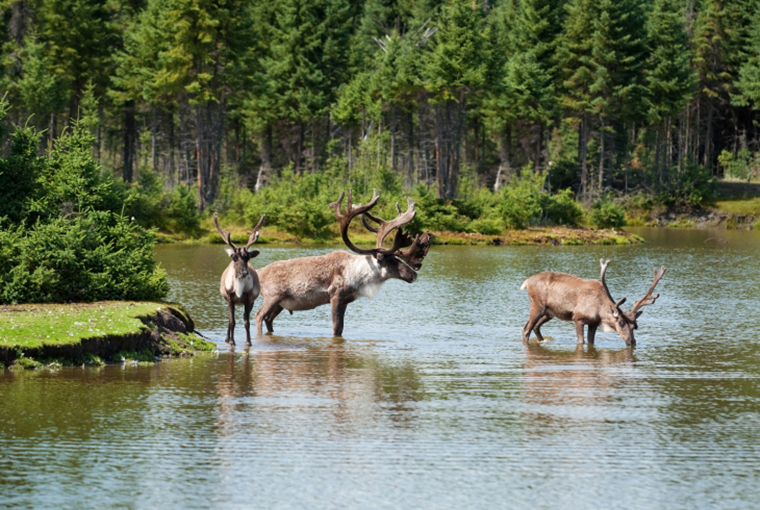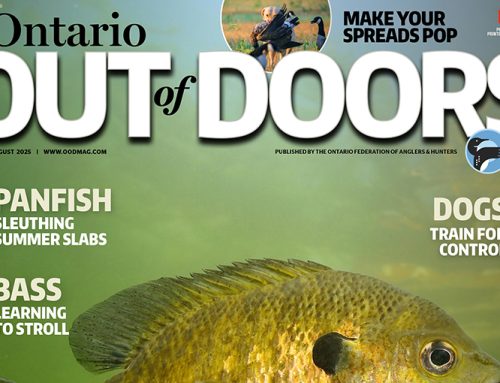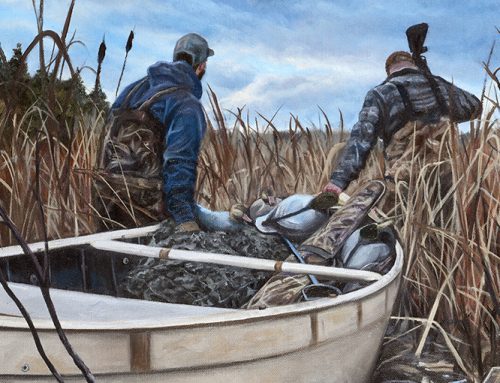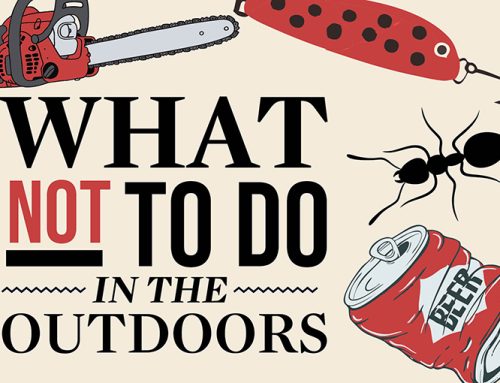
What species is that?
It’s a phrase we often hear. Unfortunately, and all too often, the answer provided is wrong, or only partially correct.
The issue is the concept of a “species.” There is no widespread agreement on what constitutes a species. This creates confusion from the get-go.
What constitutes a species can be imagined to be a main topic in Biology 101 at an institute of higher learning. Just for fun, I googled “species, definition” and up popped dozens and dozens of definitions. Distilling them with others I’ve learned of over the years, I came up with: a group of living organisms consisting of similar individuals capable of breeding fertile offspring.
Let’s break this down. They have to be living; that’s pretty straightforward. They have to be “similar,” although it’s not clear what that means. This is the nub of the problem. Good examples of animals to illustrate the problem with the term similar are the caribou and the gray wolf.
Caribou
Most biologists agree that caribou, whether they live in Canada, Greenland, Finland, or wherever, are only one species. Reindeer, as they’re called in Eurasia and in Santa’s barn, are simply semi-domesticated caribou.
A lot of people are passionate about caribou. But if you have concerns about a particular group of caribou, it can be hard to drum up support for that cause. It helps to be able to differentiate caribou into identifiable groups.
Not surprisingly, given their widespread distribution, not all caribou look identical; some populations or herds have different behaviours and they occupy a range of habitat types, including mountains, tundra, and forests. Nevertheless, all can interbreed and produce viable offspring.
To quantify their differences, caribou have been classified into sub-species and even smaller groupings called ecotypes. But that gets confusing, so the fall-back is to simply call each identifiable group a species of caribou.
Interestingly, when caribou are being discussed, it’s often because there’s concern that the species is going extinct. But for that to happen, all caribou would have to disappear. Like the dodo bird.
Technically, if a sub-species, ecotype, or herd disappears but the species continues to exist, the disappearance is a local extinction, or more accurately, an extirpation. But technicalities tend to get lost in the telling.
Gray wolves
Also commonly called timber wolves, gray wolves range over much of Canada, Alaska, and Eurasia. As with caribou, people are passionate about wolves.
Gray wolves may be grey, black, white, red, or a mix of colours, and they come in different sizes. Dependent on locale, gray wolves also have different behaviours and live in different habitats.
Around Algonquin Park, DNA analysis has revealed further differences. Some say wolves in that area are a distinct species, though they breed with other gray wolves. They also produce viable, fertile offspring.
Regardless, Algonquin wolves, as they are called, are believed by some to be in danger of extinction.
Numbers debate
The caribou and gray wolf are only two of a plethora of animals, plants, insects, and cellular organisms for which the number of species that exist is in dispute.
If animals that look similar can’t produce fertile offspring, it’s an open and shut case — they’re different species.
But even if the animals can produce viable offspring, some will claim they may still be distinct species. In biology, people who think like this are called “splitters.”
“Lumpers,” on the other hand, believe that species that interbreed naturally and produce viable offspring are the same species, despite some differences between groups or populations.
Lumpers and splitters can further be in disagreement within their own group. For example, some lumpers agree with splitters that mallard and black ducks are distinct species, though they naturally intermingle, interbreed, and produce viable offspring.
Are European red deer the same species as the North American elk? It depends on whom you ask. Some biologists say they’re the same species, others say they aren’t. They look somewhat similar and if allowed to intermingle and breed, produce viable offspring. The main caveat is they don’t have naturally overlapping ranges and only interbreed in areas where humans have brought them together.
When it comes to tabulating the number of species in Canada, North America, or the world, the results can vary tremendously based on whether one is a lumper or a splitter.
Defining species
Defining a species is more than an academic exercise. Mark Ryckman, manager of policy with the Ontario Federation of Anglers and Hunters, says it’s an on-going issue for fish and wildlife managers.
In 2011, the Committee on the Status of Endangered Wildlife in Canada (COSEWIC) concluded Aurora trout were “Designated Ineligible for Assessment,” or, as Ryckman noted, just a different-coloured brook trout.
But they look different from a brook trout. They also don’t appear to co-exist with brook trout, and continue to be managed separately from brook trout. Found naturally in only two lakes, some, including the Ministry of Natural Resources and Forestry, still consider them to be a distinct sub-species.
I suspect the COSEWIC report writers were lumpers.
Originally published in the 2019-20 Hunting Annual of Ontario OUT of DOORS magazine






Leave A Comment